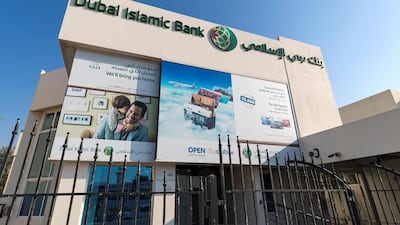Islamic banks in the GCC should see an improvement in their financial health by the middle of the year and asset growth is on track to rise in low single-digits over the next two years in the absence of any geopolitical risks being realised, according to S&P Global Ratings.
“We also anticipate that Islamic banks’ asset quality will stabilise by midyear 2018 – with the exception of Qatari banks, where we still see some increasing risk,” said Mohamed Damak, head of Islamic finance at S&P Global Ratings.
“We expect GCC Islamic banks’ total asset growth will remain in the low single-digits over the next 12 to 24 months, after stabilising about 4 per cent for the GCC system in 2017.”
__________________
Read More:
S&P affirms Saudi Arabia's credit rating on growth prospects, spending boost
S&P affirms Jordan's ratings on greater fiscal reforms hopes
__________________
In February, S&P Global Ratings said it expects muted loan growth for GCC banks both for this year and the next averaging between 3 to 4 per cent, weighed down by lacklustre demand for debt and cuts in government spending.
The report noted, however, that the cost of risk for banks will rise due to the adoption of the International Financial Reporting Standard 9 and Financial Accounting Standard 30, coupled with the implementation of the 5 per cent VAT, which will put a dampener on the profitability of Islamic banks in the next two years, Mr Damak said.
“We consider the three main risks to GCC Islamic banks’ financial stability are regional geopolitical tensions, higher cost of risk and lower profitability,” he said.
Still, Islamic banks are likely to see continued deposit growth in the next two years as a result of stabilising oil prices. Due to the rising price of crude, many government entities that pulled money out of banks in the midst of the crude price collapse are now putting it back in.

